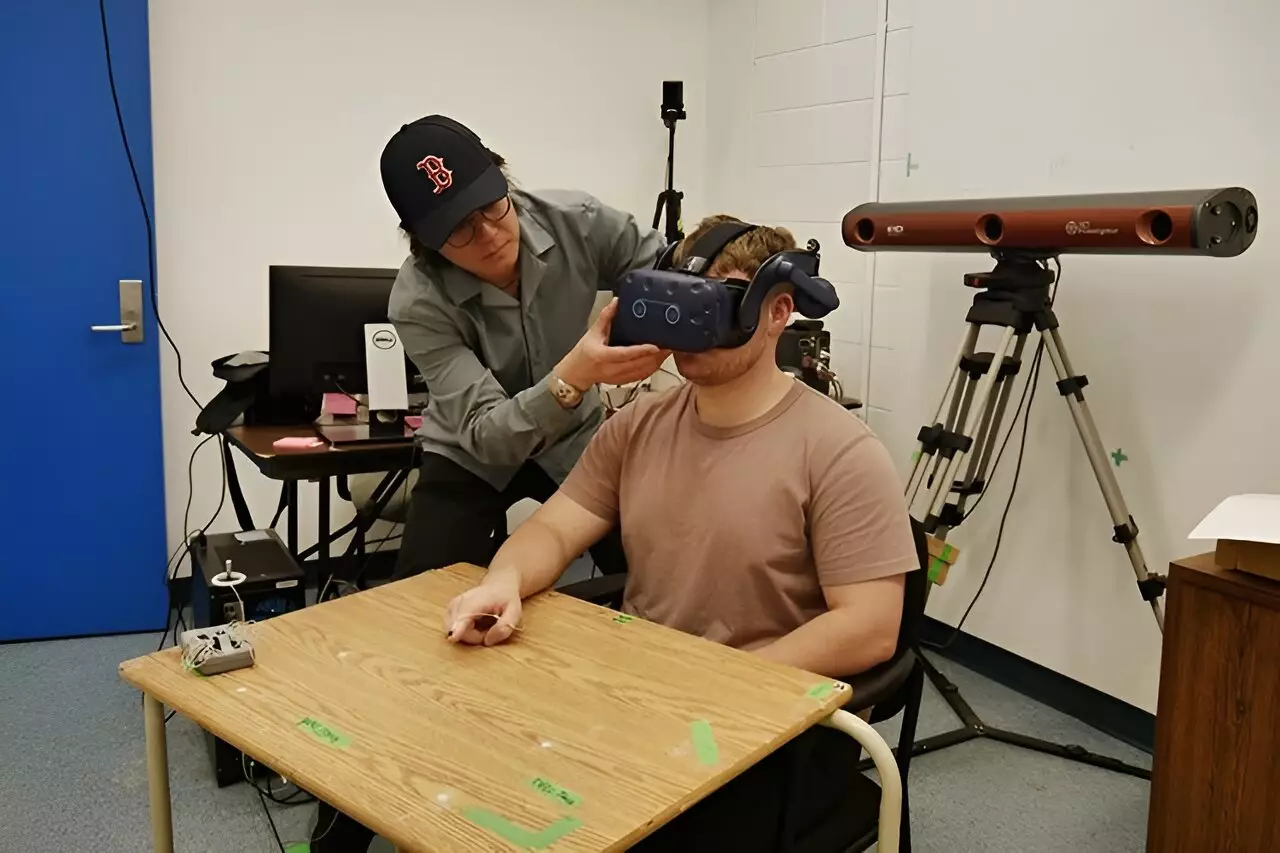A recent study conducted at the University of Toronto delved into the impact of virtual and augmented reality (VR and AR) on people’s perception and interaction with the real world. The findings, published in Scientific Reports, revealed that using VR and AR could temporarily alter the way individuals moved, ultimately leading to errors in movement once back in the physical world. Participants who utilized VR tended to fall short of their targets, while those who engaged with AR tended to overshoot their objectives. These changes were immediate after being in a digital environment but gradually dissipated as participants reacclimated to reality.
The researchers were taken aback by two key findings: the transfer of movement patterns from VR and AR to real-world actions, and the discrepancy in adjustment time between the two technologies. Participants seemed to readjust to real-world conditions more swiftly after using AR compared to VR. This variance between VR and AR experiences could be attributed to the fact that individuals using AR still have visibility and interaction with their physical surroundings, aiding in maintaining a more precise sense of depth and distance.
The implications of these findings are considerable, particularly in the realm of skill development and training programs utilizing VR and AR technologies. The ability to transfer skills learned in digital environments to real-world scenarios poses a significant challenge. Industries such as healthcare, aviation, and even everyday activities like driving could be impacted by the limitations and effects of VR and AR. Understanding how these technologies alter real-world performance is essential in ensuring their effective and safe utilization.
Moving forward, the researchers plan to investigate how various VR and AR experiences, particularly those involving more complex and immersive scenarios, influence real-world performance further. They are also keen on exploring the role of training duration and individual differences, such as prior exposure to these technologies, in adaptation and readjustment processes. This ongoing research aims to inform the design of VR and AR systems that minimize adverse after-effects and optimize their potential for training and skill enhancement.
The impact of VR and AR on real-world movement is a multifaceted area of study with far-reaching implications for a diverse range of industries and training sectors. Understanding how these technologies shape our ability to interact with the physical world is crucial in harnessing their full potential while mitigating any negative consequences. As VR and AR continue to advance and become more prevalent in various fields, ongoing research and in-depth analysis are essential in maximizing their benefits and minimizing their drawbacks.

